 |
|
Orion Ascent Abort-2 Test Flight 2 July 2019 |
Space Launch Complex 46 Cape Canaveral Air Force Station |
NASA’s Orion spacecraft, built to take astronauts to the Moon and Mars, undertook a full-stress test of the Launch Abort System (LAS), called Ascent Abort Test-2 (AA-2), where a modified SR118 Peacekeeper ICBM first stage motor provided by Northrop Grumman launched from Launch Complex 46 at Cape Canaveral Air Force Station at 7:00 a.m. on 2 July 2019, carrying a fully functional LAS and a 22,000-pound Orion test vehicle to an altitude of 31,000 feet at Mach 1.3 (over 1,000 miles an hour). At that point, the LAS’ powerful reverse-flow abort motor fired producing 400,000 pounds of thrust, propelling the Orion test vehicle to a safe distance away from the rocket. Timing is crucial as the abort events must match the abort timing requirements of the Orion spacecraft to the millisecond in order for the flight test data to be valid to ensure it will work safely when used on the mammoth Space Launch System (SLS) rocket. Engineers at several NASA centers built the Orion test article with many of the design features and the same mass as the capsule that will carry crew. This test is designed to focus on Orion’s launch abort capabilities, and all required data will be captured by the data recorders, so the crew module used for AA-2 will not deploy parachutes after the abort system is jettisoned or fire thrusters to orient the capsule for splashdown. A separate test series is focused on certifying the parachute system in various conditions. |
|
 |
|
A NASA graphic showing all the major events of the approximately three minute test flight. |
|
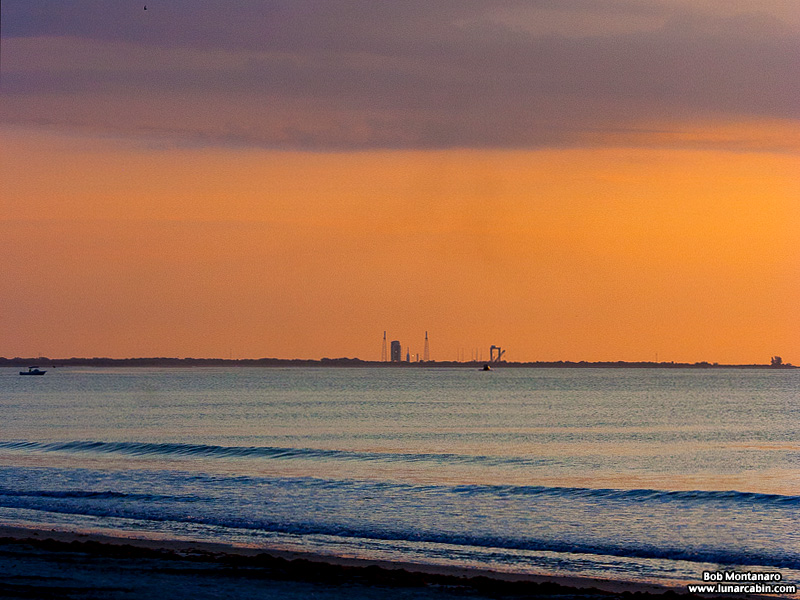 |
|
Sunrise bathes Launch Complex 46 in golden light. |
|
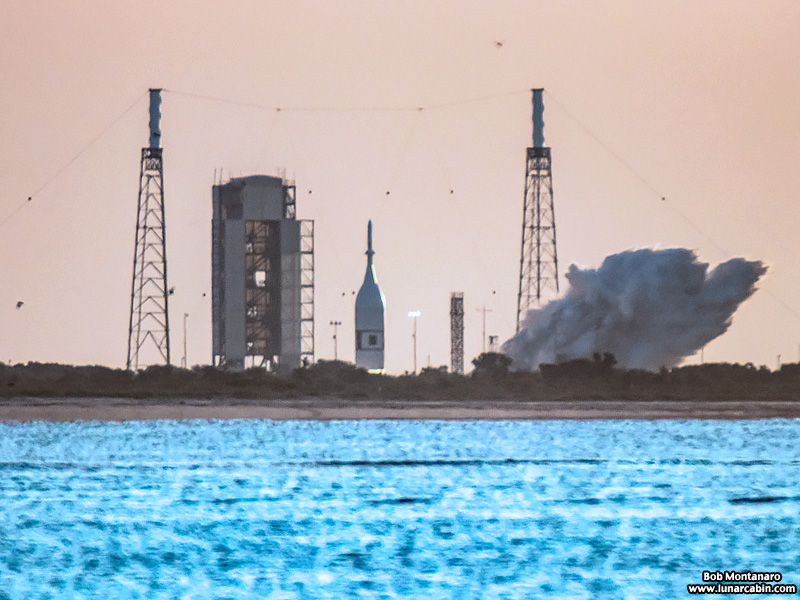 |
|
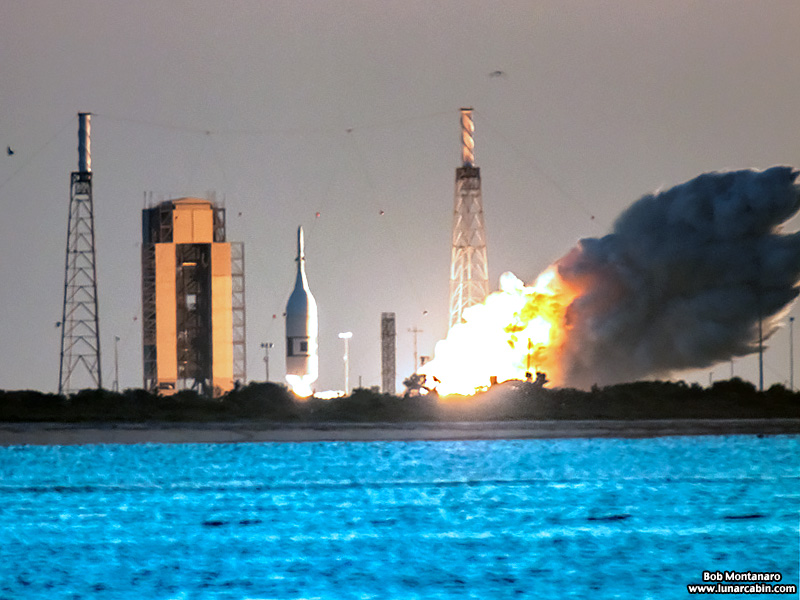 |
|
 |
|
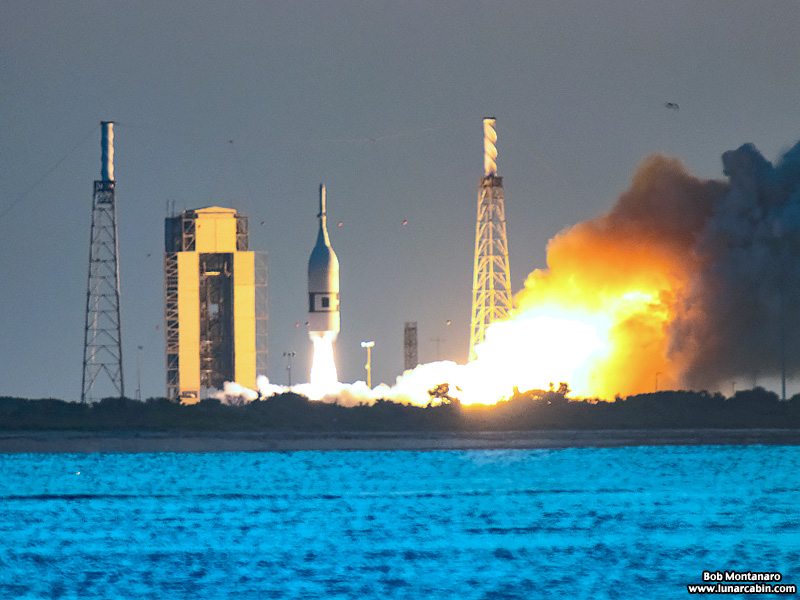 |
|
 |
|
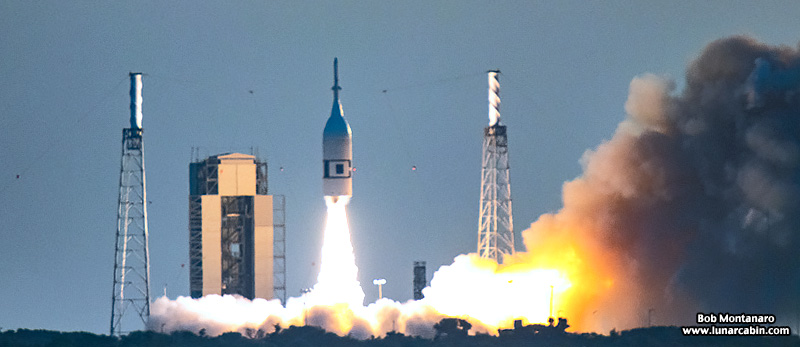 |
|
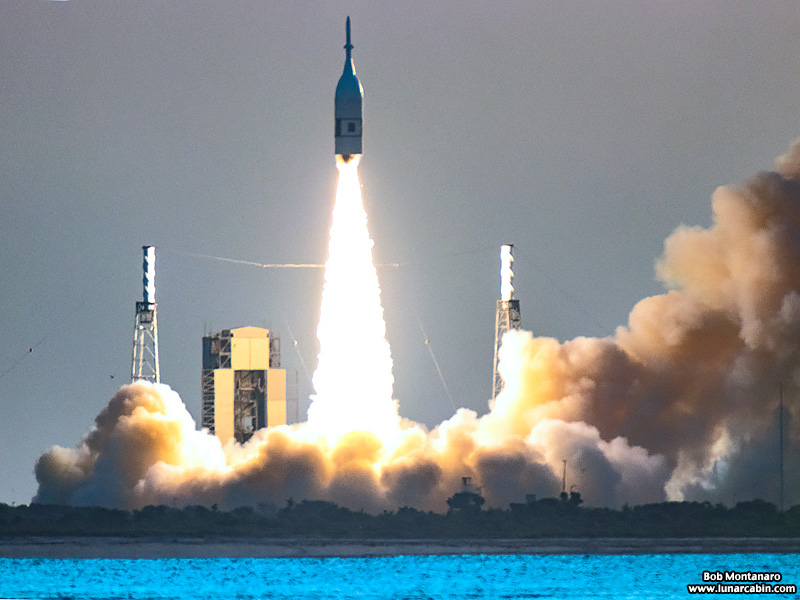 |
|
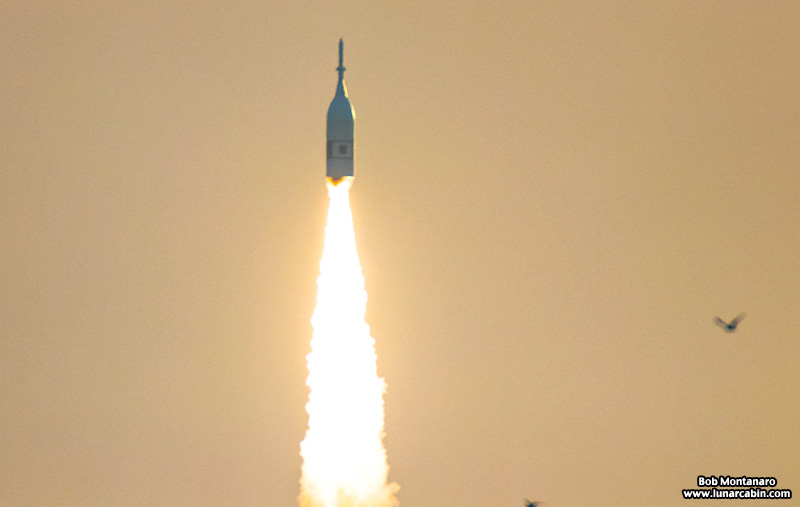 |
|
 |
|
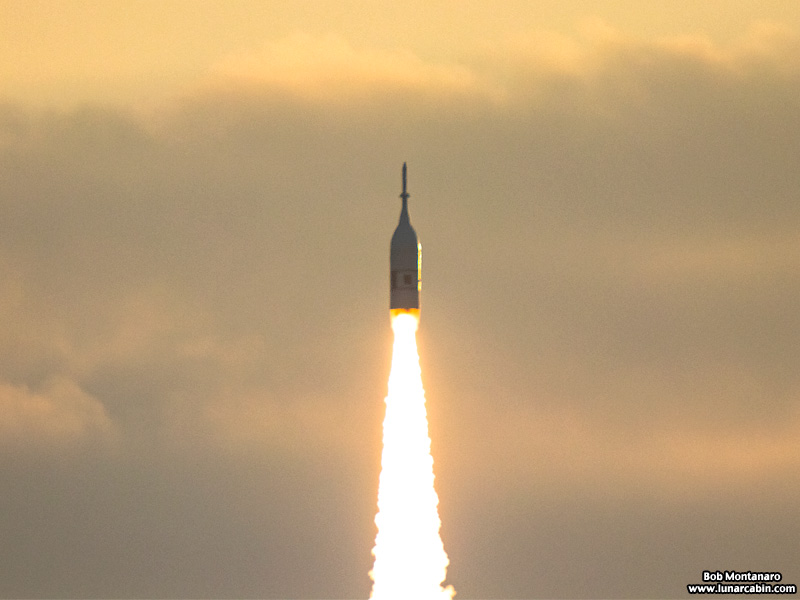 |
|
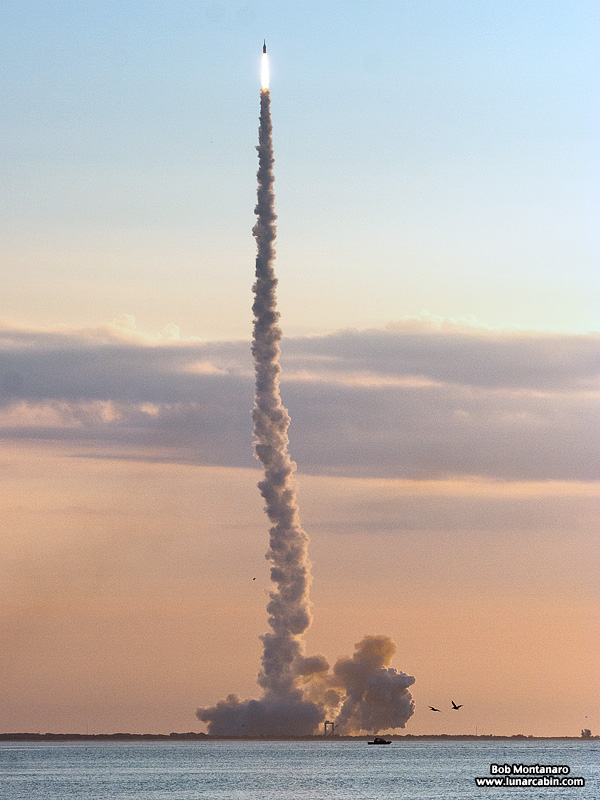 |
|
 |
|
| The Launch Abort System fires pulling the crew module away from the booster seen below almost lost in the LAS exhaust plume. | |
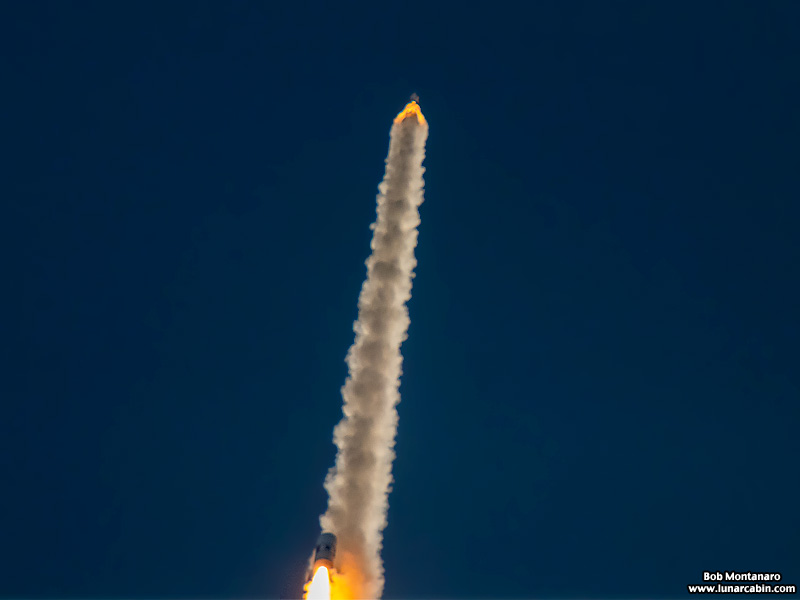 |
|
The LAS pulls the crew module away from the booster, seen at the bottom of the exhaust trail. |
|
 |
|
The booster, its job done, diverges away. |
|
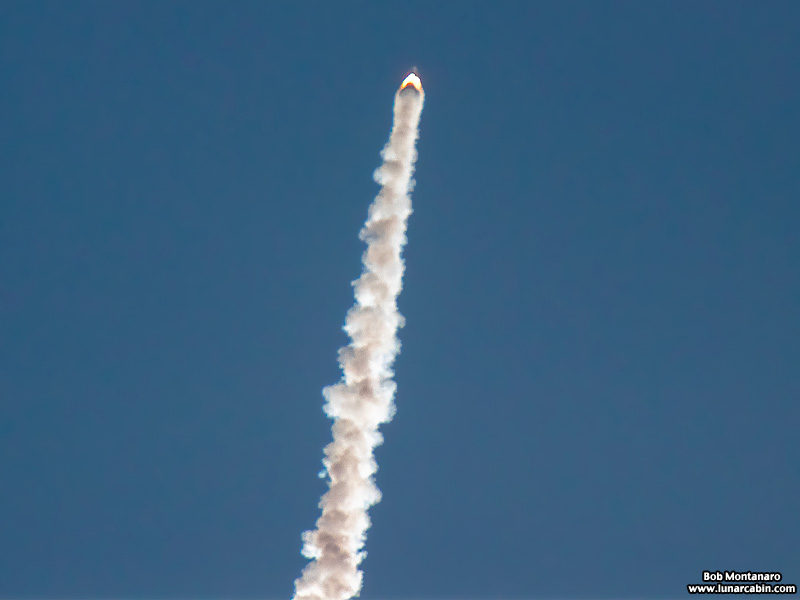 |
|
The LAS continues to climb away towing the crew module behind it. |
|
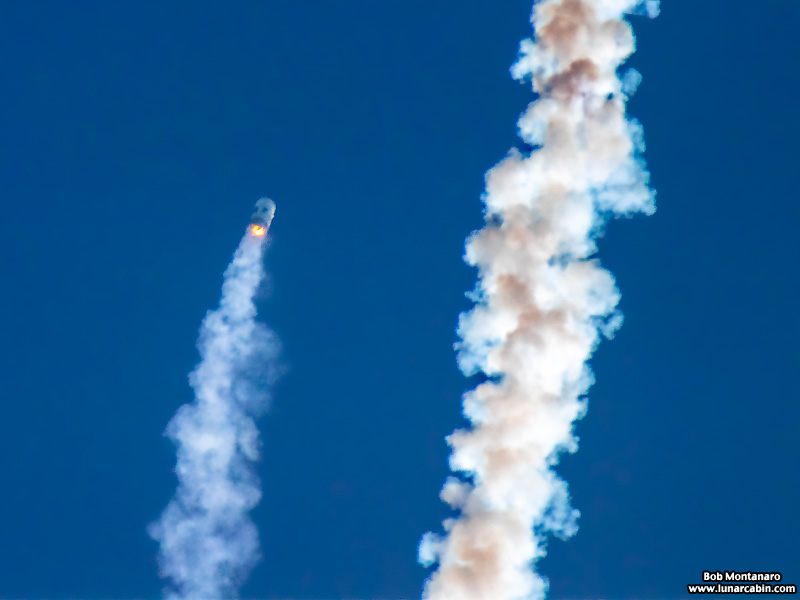 |
|
The booster continues flying on its own. |
|
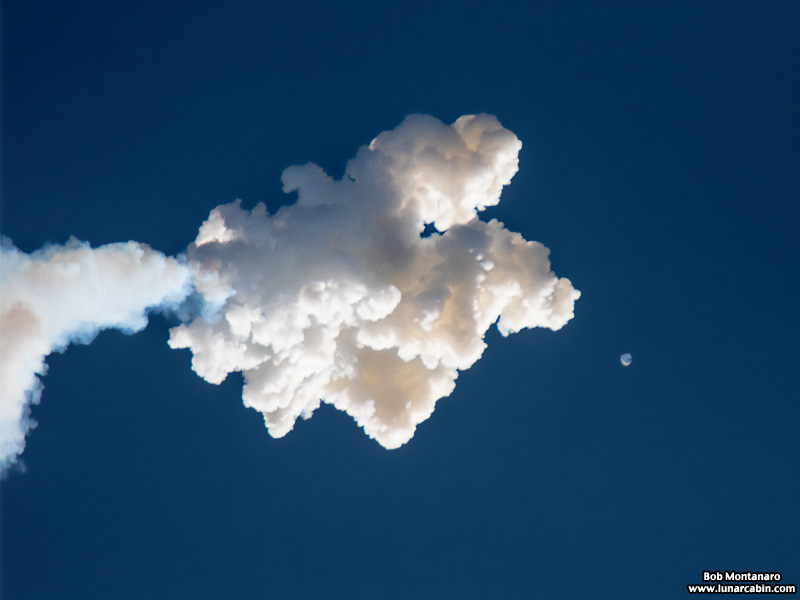 |
|
The LAS releases the crew module, which emerges from the exhaust cloud to begin its fall toward the ocean. |
|
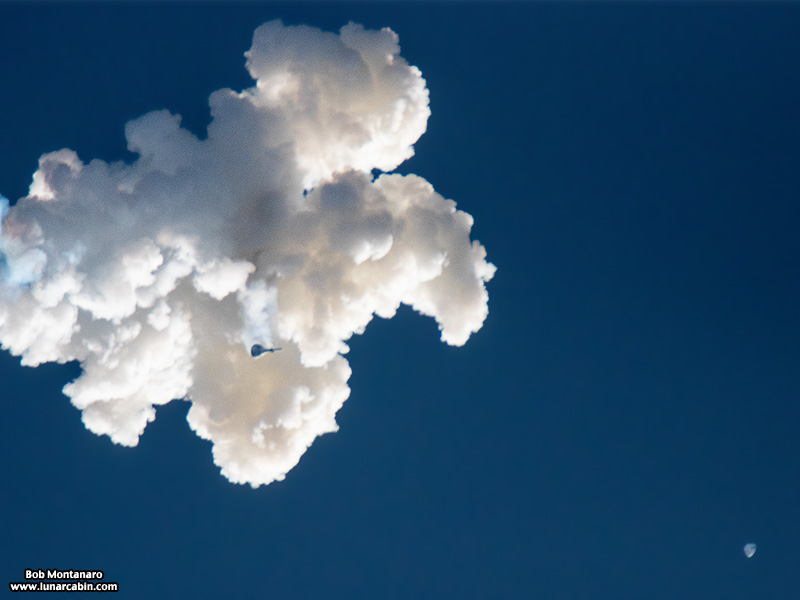 |
|
The crew module continues falling away at bottom right as the LAS emerges from the exhaust cloud. |
|
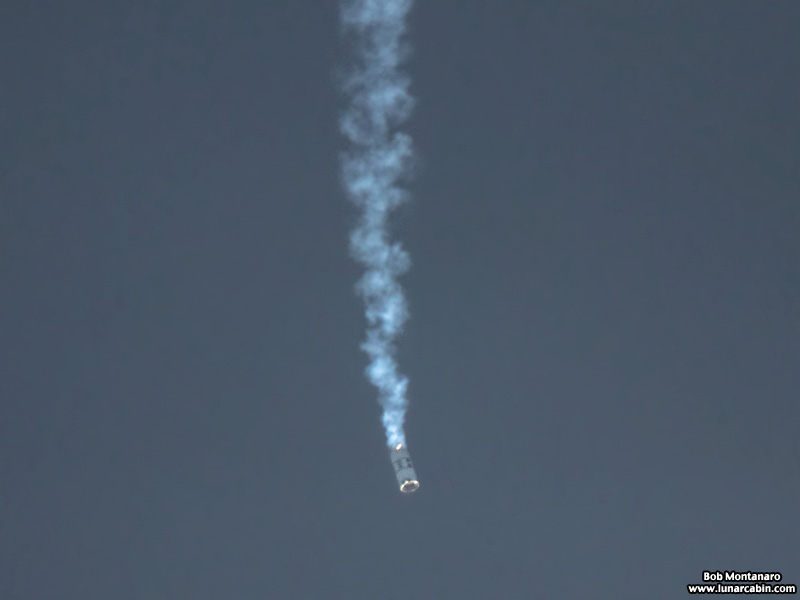 |
|
The spent booster plunges toward the ocean. |
|
 |
|
The smoke has yet to clear from Launch Complex 46 at Cape Canaveral Air Force Station after a successful test flight. |
|
All contents copyright Lunar Cabin |
|